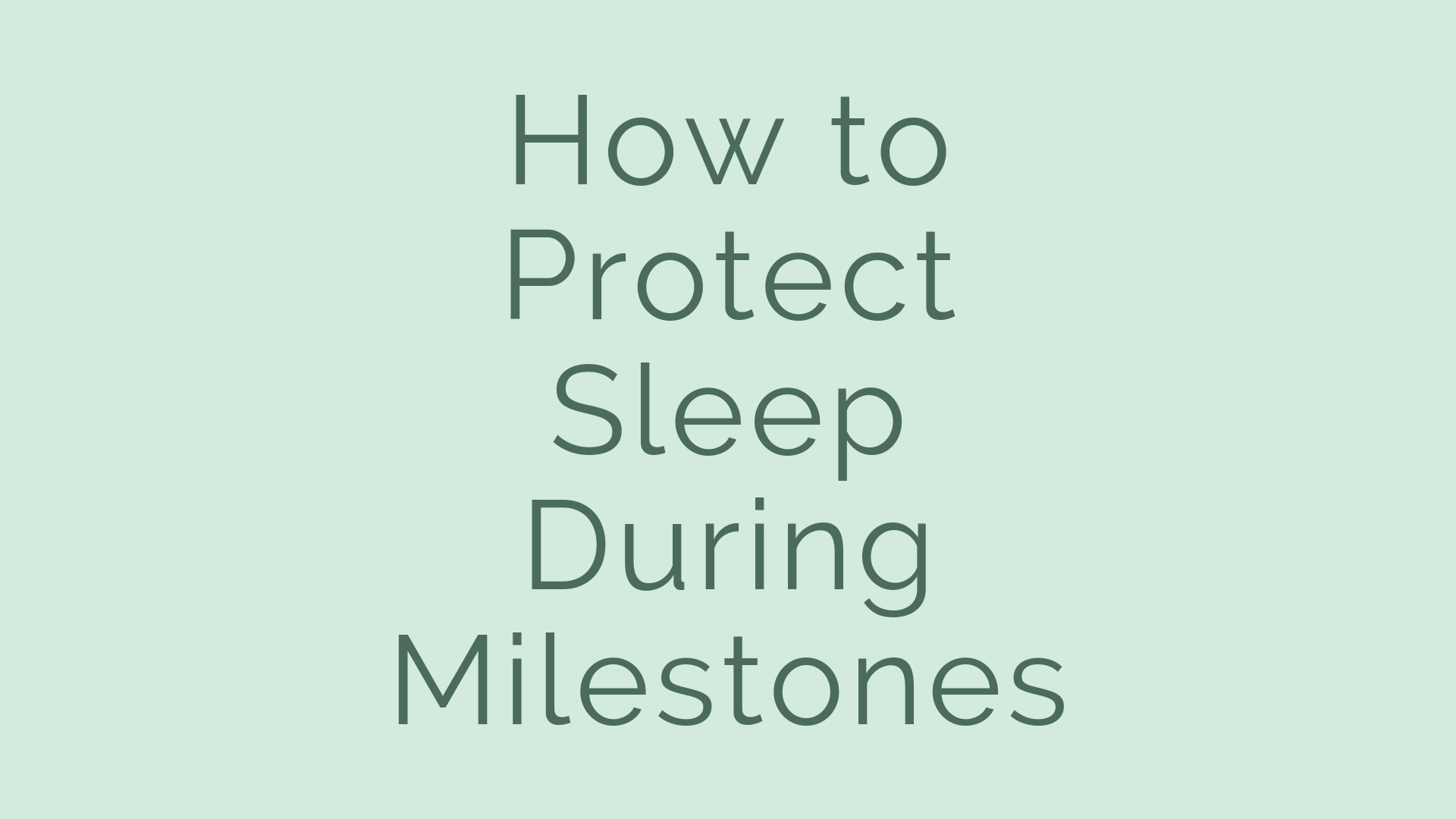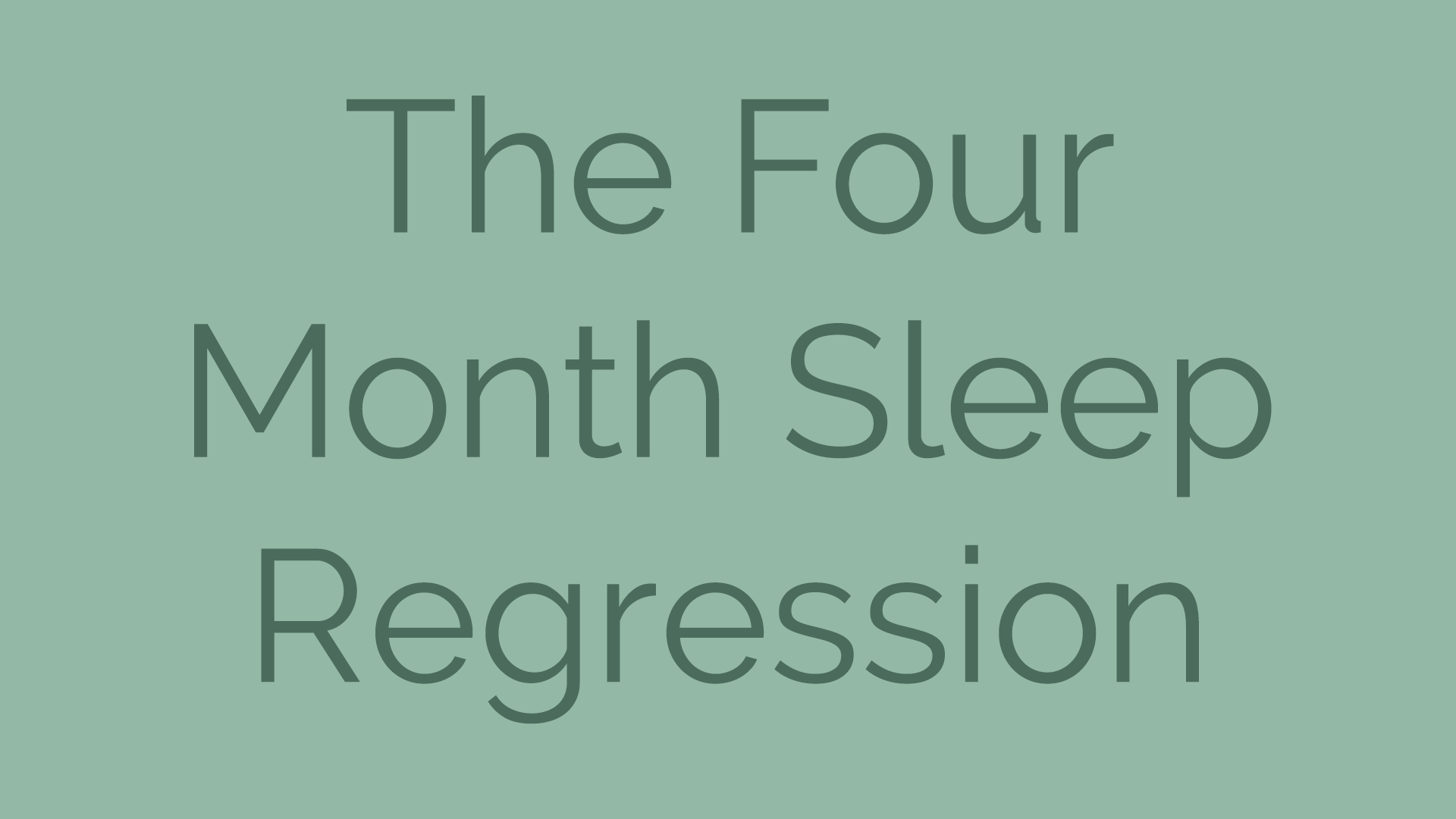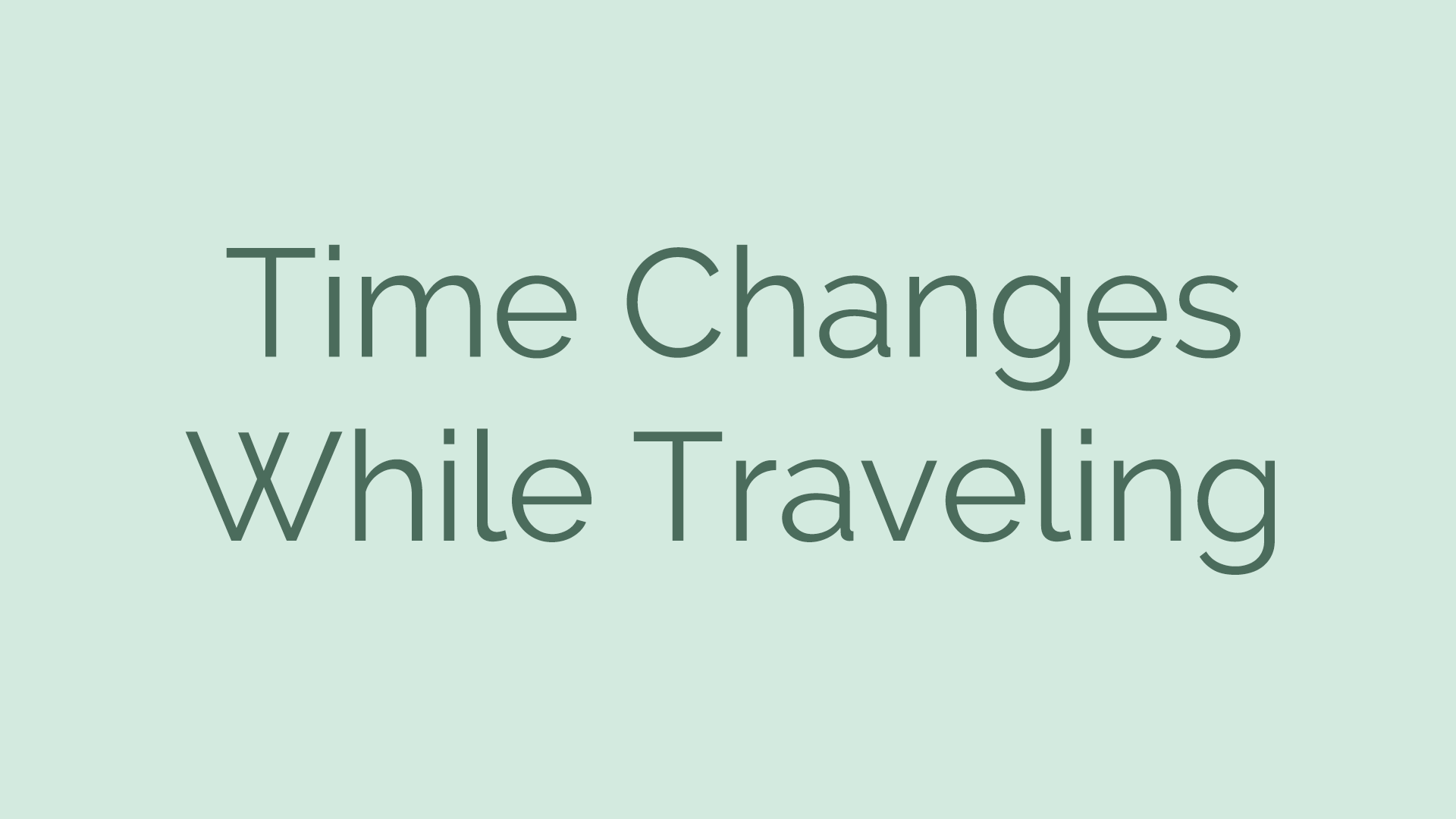If your child is nearing their second birthday, or a few months past it, buckle up! I’ve spoken at length in the past about parents blaming their child’s sleep issues on “regressions.” Through my extensive experience, I have learned that there are only two “real” regressions. One at four months, and another one around 10-12 months. Outside of those two regressions, long term issues with a child’s sleep are almost always because they are not yet properly sleep trained. (Meaning they have not yet learned the skill of falling asleep on their own for naps and bedtime. Thus they cannot put themselves back to sleep without help when they wake up overnight.) The 2 year-old sleep regression is a different beast entirely.
After the 10-12 month regression, many families will experience a sudden shift in their children’s behavior around sleep. This shift usually occurs around the 2 year mark. The regressions at 4 and 10-12 months seem to be based on some sort of developmental leap that disrupts the child from being able to sleep soundly. (Along with an increased awareness of their own desires.) However, the sleep disruption that can occur around the two year mark seems to be solely behavior based.

Photo Credit: J carter
Your Child Can Choose
Sleep issues around the 2 year (and older) mark mainly revolve around your child’s seemingly sudden awareness that they can choose. And, that they can use their words and behaviors to influence whatever situation they are in as well as their caretaker’s. They are very good at keeping themselves awake. MOST toddlers go through periods of time where (if they are still napping) they can will themselves to remain awake for 1-2 hours before falling asleep at bedtime. In the best of circumstances, your toddler will just roll around, sing, practice the alphabet, etc, before falling asleep for bedtime. In less positive circumstances, kids will simply use whatever tools at their disposal to fight falling asleep. Simply put, they’d prefer to be up with you and the world than go to sleep.
Hello Sass, Nice to Meet You
Many toddlers user their newfound control of language to fight sleep by being sassy. This can seem funny at first, or even surprising and endearing. However, most parents quickly find the sassiness to be downright infuriating. Your child’s words can be extremely triggering for you, and guess what? They pick up on that fury instantly. Toddlers quite literally crave attention. And while they prefer positive attention, most will take negative attention as well. A sassy child can quickly turn the parent/child dynamic on its head by causing a “battle of the wills” scenario to replay over and over again at each nap and bedtime.
Nap Striking
Sassiness-aside, nap striking is also a common hallmark of this age. As mentioned before, your two-year-old has realized that they can choose not to sleep for their nap. Does this mean it’s time to drop their nap and institute a “quiet time” instead? Not quite yet. While some kids do start to drop their naps around 2.5 years old, for many others, this hallmark age is just a temporary phase. Nap time may need to move a bit later (try 30 minutes), but other than that, consistency here is key.
“But I Need Just One More Thing”
Finally, children will often ask for “one more thing” before being able to go to sleep. These requests quickly become requirements. Before you know it, your child will “require” a long list of things in order to be able to fall asleep. And guess what? That list may grow each night! I’ve known of families who need hallway lights left on. Doors left open “just so.” A certain, different stuffed animal each night. (Usually one that can rarely be found where it’s supposed to be!) And the parents, desperate for their child to sleep, will engage with every desire.
How To Manage the 2 Year “Regression”
Thankfully the solution to all of these issues is easy (-ier said than done).
Step one: Consistently implementing a regimented and short bedtime (or nap time) routine.
Step two: Not engaging with additional requests.
That is all that’s needed to address these issues. If your child needs to be in bed at 7 pm, create an extremely brief bedtime routine. If possible, try to change your child in pajamas as early as possible in the afternoon. (Perhaps before dinner, and add a t-shirt on top that you can remove for easy clean up.) Try to completely separate bath from bedtime. This way, once it’s time for bed, your child can brush their teeth and go straight to sleep. I don’t recommend books as part of a bedtime routine. This can cause children to be very upset when book time is over, or opens the door to more requests. If your child consistently asks for something (like water) to delay bedtime, remember to offer water before you brush teeth. Essentially, you want to make the bedtime routine to consist of as few steps as possible. And once your child is in bed, do not return unless it’s an emergency, they are unsafe, or ill. The fewer chances your child has to deviate from the routine, the more smoothly it will go.
If you would like more age-appropriate sleep tips and schedule for your child, sign up for my newsletter!





Hi! So we have hit the “two year sleep regression” . She is completely sleep trained, but hasn’t napped in her crib in over a week. I’ve let her cry it out for over and hour but nothing seems to help. She goes down perfectly for bedtime and sleeps 12 hours so I’m confused on why she’s refusing her naps.
Hi Katie,
Give it time. It can take weeks for this to resolve for the reasons outlined above. Don’t quit – commit to stick it out for as long as it takes for her to start napping again. As long as you’re certain she’s safe and healthy in there, the time in her crib isn’t harming her.
Hi
I have a 34 month old who seems to wake me around 1-2 times a night.. she is fully sleep trained. She calls, waits for me to come to her room where she will put on her penguin light and music projector then go to sleep. It’s been happening for over 2 months now,
Hi Kavita,
This is a tough one to sort out through just comments on the blog <3 I'd love to chat about working together one on one to resolve this issue.
https://www.babysleeptrainer.com/how-it-works/
My 2 1/2 year old son goes to sleep on his own just fine, but then he wakes up throughout the night. We’ve tried letting him cry it out….he was screaming for over an hour and did not fall back to sleep. He used to sleep 13-14 hours straight…ahhhh! Any ideas?
Hi
I have 19months old who started sleeping training with you since he was 4mo old. He has been a good sleeper until last week when he started climbing out of the crib and refusing to fall asleep alone. Today we finally decided to turn his crib into toddler bed.
I am now confused how to make him fall asleep alone when crib is not our option anymore.
My 2 1/2 year old daughter has been sleep trained since 15 months using your method. In the past 1-1.5 month she has been refusing to go to bed on her own, and screaming for us to get her in the middle of night and even managed to climb out of crib three times. We have let her cry it out, but she ends up throwing up all her dinner and wont stop until we got to her. We are super exhausted. We moved her to bed since crib is not safe option anymore. Any ideas ?
Hi there!! I’d check out the book on toddler sleep in beds in my book.
https://www.amazon.com/dp/0999086707/ref=nav_ya_signin?ie=UTF8&qid=1496773245&sr=8-2&keywords=natalie+willes&
Hi Natalie,
We did sleep training with you two years ago. My now 2.5 year old is “scared” at night. I don’t know if it is all of the Halloween decorations, or something she saw in cartoons, but she is tense and having trouble falling asleep and staying asleep for the last few nights. Exhaustion is kicking in for us parents as we don’t get a nap in the afternoon! She is also scared of the noises she hears (just house noises). She has a noise machine.
Last night my husband slept on the floor in her room. Do we try to let her work this out when she seems so afraid? Thank you
Hi Heather!!
I’d take a peek at the link above in the previous comment for my book. Check out the section on toddler sleep, and ask the pediatrician if it’s okay to implement it despite her fears. Often it just takes a day or two of being consistent with boundaries around sleep for kids to realize there’s nothing to be afraid of and go back to normal sleep habits.
My 2.5 year old daughter all the sudden stopped napping and is climbing out of her crib. She falls asleep perfectly at night because she is so tired but is starting to wake up 30-45 mins early in the morning. Is she going to ever nap again? SOS!
Hi Annette!
She’ll need to be trained to sleep in her bed in her room <3 I work with clients to help them with this in my One on One consult <3 Yes! I believe she can nap again.
https://www.babysleeptrainer.com/how-it-works/
Hello Natalie,
My son 1 year 9 months( sleep training with you since 4 m.o.) has no problems with naps or falling asleep in the evening, but he began to wake up earlier( before it was 7, now 5:30-6)
He is sleeping in a crib in our room, but separated by a screen-door. He begins to call me and my husband endlessly, until we get him out of bed.
Hi Alexandra,
I think it’s because you are ultimately helping him to sleep when you get him out of the crib. I think this issue will continue as long as the assisting to sleep continues <3 I would consider moving bedtime 30 mins later also and see if that helps.
Hi, I have a 2 year who is fully sleep trained from your method and it has been a dream until right now. I read your tips above but the kicker is that he is nap striking and also waking up early 5:30-6am. He goes to bed just fine. I have just let him cry but he will go on forever! I just don’t know how to stop the early wake up .
Hi Courtney,
You can’t stop it <3 It will just resolve on its own with time. Maddening I know! But just make sure you don't move his bedtime any earlier than it was before the nap striking (or get as close to it as you can) and the early morning waking will resolve with time.
Natalie
my son is 20 months old and has been sleep trained since 6 months old, bed time at 7pm no problem and a wake at 6am currently napping once a day for 1.5 hr no problem, for the past 3 weeks he is waking at 4am and does not go back to sleep, I have been leaving him in his room (he has been in a bed since 12 months old) and i’m not seeing any improvement , he stands at his door for 2hrs telling me everything from sleep time over to listing all the things he needs to eat or that he needs his nose blown, he even gets a diaper and wipe ready. I’m feeling lost, like there’s something I’m missing. now we are in a constant state of over tired and I don’t know how to get us out
Hi Karyn!!
This is a common issue when kids under 30 months are not able to sleep in a crib. This might be a problem that won’t resolve until he’s a bit older and you’re able to sleep train him as a toddler. If you are interacting with him through the door or in person, that may also be perpetuation the issue. Of course, check on him right away if you ever feel he is unsafe or in danger.
I’ve read this post SO MANY TIMES and for some reason I’m still not convinced my now 2.5 year old will ever just go to bed peacefully without whining/crying/wailing when I close the door. He also shares a room with big brother who is almost 4 and has been a dream putting down for bed most of his life. I got tired of the shenanigans tonight and just said “it’s time for bed. I love you, goodnight” and then closed the door. He wailed for 10 minutes on an off. I don’t want to separate them (because I think that would make them both upset) but I am concerned listening to his brother cry is somehow negatively affecting my older son. Am I just being overly sensitive?
Hi Catsutsui,
I’d try to figure out from your older child if it’s affecting him negatively or not. You can also ask your pediatrician for input as well. If the older child doesn’t say he’s bothered by it, hopefully he isn’t?
Natalie
Tired mama here. My 32 month old son is now waking up 5-7 times at night. He walks into our room and climbs or tries to climb in our bed. I pick him up and take him back to his room. Last night I stopped picking him up and he just walked. Tuck him in, 30 seconds or less, then go back to bed. No crying. No fighting. Previously a perfect sleeper. Naps daily for 1.5-2 hours. He has been sleeping in a single bed for months with no issues.
HI Anna!!
This is something I hear a lot and thankfully, I can help <3 I work with kiddos in this age group in my One on One consult, which you can learn about in more detail here:
https://www.babysleeptrainer.com/how-it-works/
If you’d like to set up a time to discuss potentially working together, just fill out this sleep audit and I’ll get back to you to set up a time for a short 15 min chat:
https://www.babysleeptrainer.com/sleep-audit/
Hi Natalie. I have an almost 1 year and 9 months old, sleep trained at the age of 7 months (your method). He has been sleeping like an angel, however last 3 days in a row he is refusing napping in his crib. He has been potty trained for 2 months, (peeing ok, but still struggling with pooping). For the past 3 days he has pooped once put in the crib for bed and screamed for 1-2 hours, even if we changed the diaper. Not slept at all. However he is super tired and if I go out with him, he falls asleep in the stroller in a minute. I do not want to set up a new rule, therefore I have not put him in the stroller ever since and let him without his nap until the bedtime.
Can you please advise on how to proceed so that he can have his nap in the crib again? The nigh sleep is ok (yet), he goes to bed around 8:15 pm and wakes up at 6-7 am.
Thank you very much!
Hi Natalie, we’ve had a wonderful sleep, trained baby up until this two-year regression. She had two molars, trying to come through which is really disruptive sleep with the pain. They closely monitored her, and now it has turned into a five day habit of multiple wake ups during the night persistent crying until one of us goes in to help her get back to sleep. What do you recommend? Help!